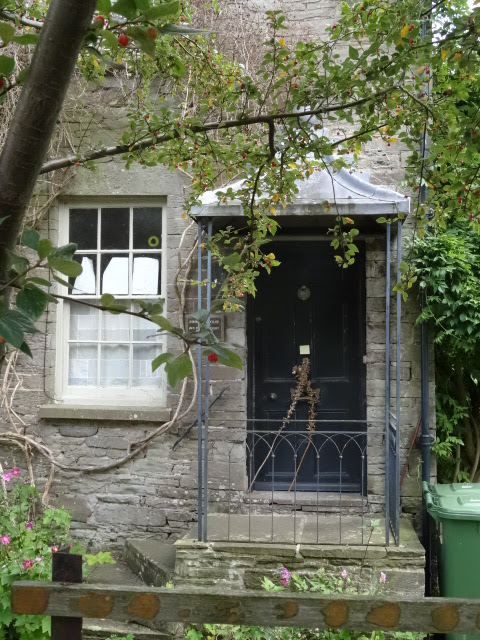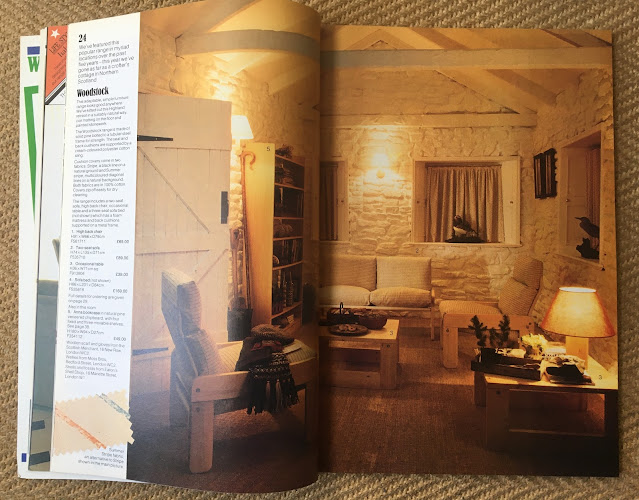Of all noxious animals, too, the worst is a tourist. And of all tourists the most vulgar, ill-bred, offensive and loathsome is the British tourist.
To Hay-on-Wye on Thursday (only four books bought). Thursday chosen because it was market day - always the best day for visiting a country market town. On the way back home, we made a small detour to Clyro, just over the Wye from Hay and at the very south east tip of old Radnorshire. My interest was sparked a couple of years ago by watching, on YouTube, a documentary made for the BBC by Sir John Betjeman on the 19th century clergyman and diarist Francis Kilvert. 'Vicar of the Parish' was made in 1975/6 (broadcast Thursday 29th July '76), directed by Patrick Garland and produced, for BBC Wales, by Derek Trimby. It has a wonderful melancholic air, and good use is made of the 'Sea Slumber Song' from Elgar's 'Sea Pictures'. There is, sadly, evidence of Betjeman's increasing Parkinson's Disease; he spends most of the time in front of the camera sitting down.
Francis Kilvert, born 1840 in Wiltshire, came to Clyro in 1865 as curate. He stayed until 1871, when he returned to Wiltshire before returning to the Marches in 1876 to the living of St Hamon in Radnorshire. From 1877 until his death two years later he was vicar of Bredwardine over the border in Herefordshire. His diaries, started in 1870 and continued until his death, open a window onto rural provincial life in the 1870s.
And so, to the church. It stands in the midst of a large graveyard. All that remains of the Medieval structure is the study w tower - belfry stage added 1897. The rest of the church was rebuilt in the 1850s by the Hereford architect Thomas Nicholson (1823-1895). Chancel and nave with north aisle. Decorated detailing. Local rubble stone with bath stone (?) dressings. Betjeman sometimes wondered if Victorian churches would ever 'soften'; judging by St Michaels perhaps not. The interior, with the exception of the chancel is light-filled and not at all bad, though on the dull side. There are few furnishings of note. Lavish funerary monuments in graveyard.





























